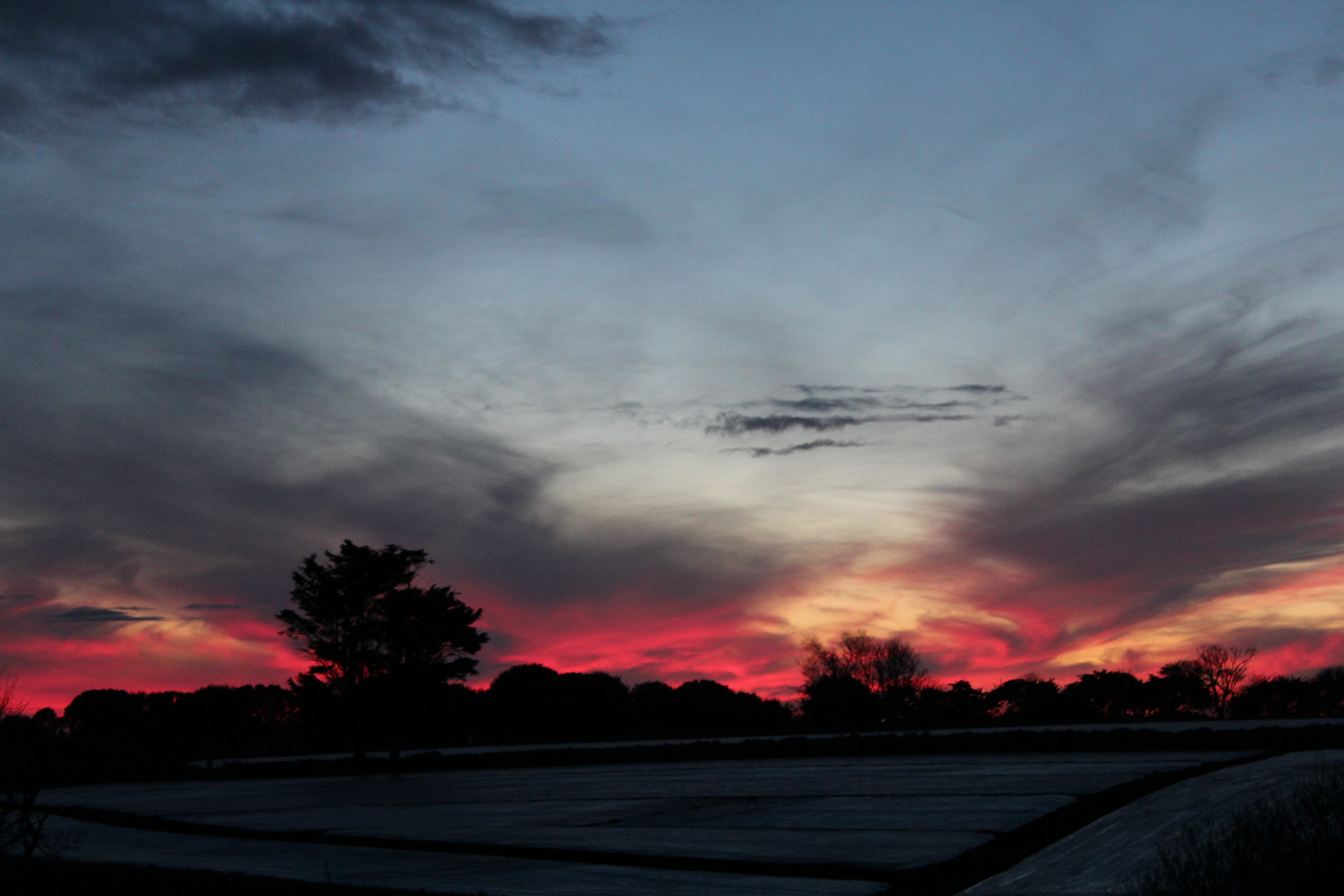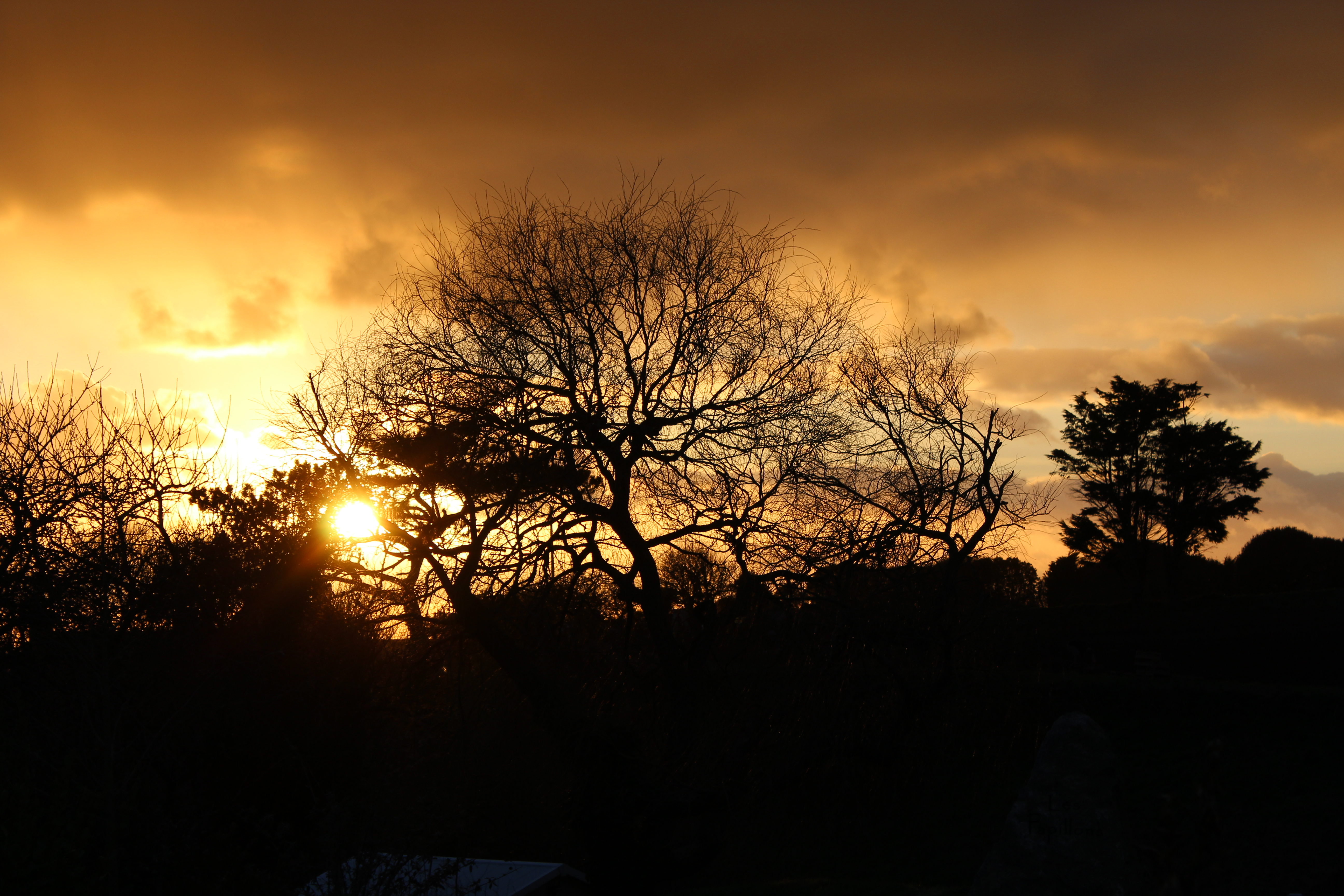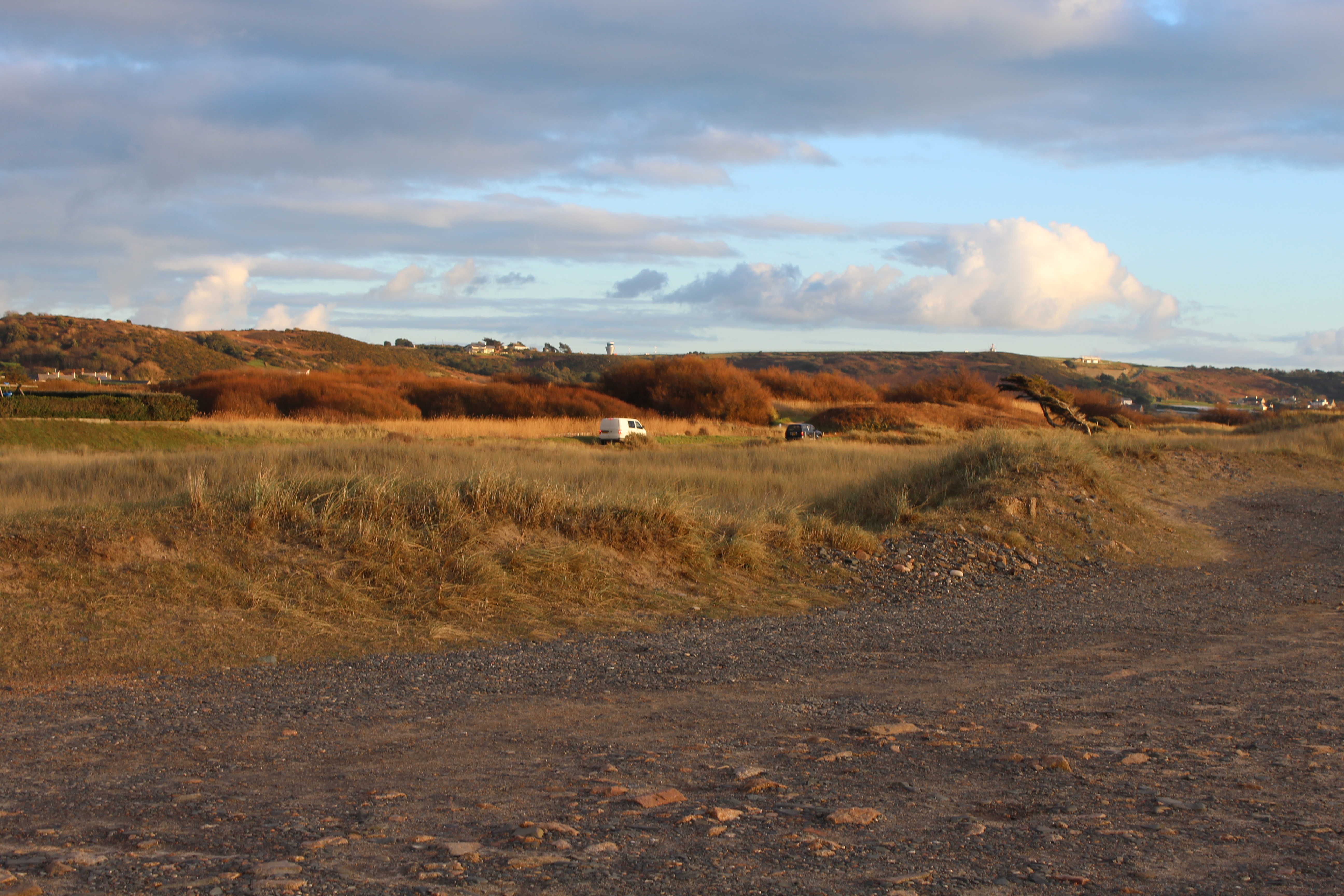The New Topographics - a 1975 exhibition called 'Man Altered Landscape' that started a radical shift away from which landscapes were taken - traditional depictions of romanticized landscapes to banal and stark industrial landscapes of mundane scenes, that never had a second glance. These images act like the acceptance of a world changing by man and they present the beauty and aesthetic of dull, ugly, rigid structures, scenes and streets. for example Robert Adams, Lewis Baltz, Bernd and Hilla Becher were part of The New Topographics group and were influential photographers in the practice of landscape photography around the world. The new topographics signifies a reaction to the growing unease of the natural landscape being eroded by industrial development and the spread of cities.
Monthly Archives: January 2018
Filters
HDR PHOTOGRPAHY
HDR stands for high dynamic range, which is the difference between the lightest light and darkest dark you can capture in a photo. Once the subject exceeds the camera’s dynamic range, the highlights tend to wash out to white, or the darks simply become big black blobs. It’s difficult to snap a photo that captures both ends of this spectrum, but with modern shooting techniques and advanced post-processing software, photographers have devised ways to make it happen.

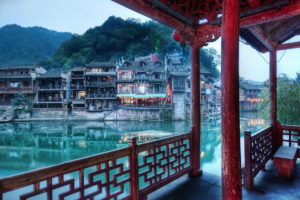

The New Topographics
What is the new topographic?
The New Topographics was an exhibition in 1975 called ‘Man Altered Landscape’ that started a major shift from which landscapes were taken of traditional pictures of romanticized landscapes of banal and stark industrial landscapes of monotonous scenes, that never had a second glance. These images act like the acceptance of a world changing by man and they present the beauty and aesthetic of dull, ugly and boring structures, scenes and streets. Furthermore, there were a group of influential photographers in the practice of landscape photography around the world who were know as The New Topographics group. (Robert Adams, Lewis Baltz, Bernd and Hilla Becher were part of this group.) The new topographics signifies a reaction to the growing unease of the natural landscape being eroded by industrial development and the spread of cities.


These images where all found on Google under ‘The new topographic’
Stephen Shore
Who is Stephen Shore?
Stephen Shore over the past five decades has conducted repeated interrogation of image making, this ranges from gelatin silver prints made as a teenager to his current forms of art on digital platforms. Stephen shore was born in America 1947, and is most famous for his capturing of mundane, unglamorous images. Shore has worked in many forms of photography, from cheap automatic cameras to large format cameras in the 1970s, where he pioneered the use of color before returning back to black and white in the 1990s and 2000s.
Shore’s first survey in New York was to include his entire career, as through the exhibition allowed a greater understanding of Shore’s work. His photography is very much defined by an interest in daily life, a taste for serial and often systematic approaches with a touch of sly humor. Some examples of his work consist of:

The image I found that stood out from the rest of the images taken was called ‘Ginger Shore’. I found this the most interesting picture due to the composition as seen below:

What I loved about the photo was the clear contrast between the subject in the image and the rest of the pool surrounding her, this was also emphasized through the use of the almost yellow pool side placed within the top left of the picture. This placement allows for the viewer to almost instantly focus on what the photographer wants you to notice, the woman. I found the fact that there was a vintage sense from the image made it particularly interesting, this it due to how everything used seemed ‘old fashioned’ such as the swimsuit ect, combined with the warm colors of the bank and water surrounding the subject that really made certain colors pop out.
The use of depth of field used on the swimming pool railings and the backdrop add effect, this is from how there is a sense of contemporary. We can see this is from how the picture seems to be taken just as the woman has stepped into the water, and stares of into the blurred, but obviously different setting seen in the distance.
The New Topographics | Landscape Photoshoot
Planning
For this shoot, I am planning in and around the West Park Area, as in this area there and large areas of green open spaces and wildlife, which is closely surrounded by new housing developments so the two do cross over and create a blend between nature and mans work on the landscape. Joe Deal also liked to look and the blend between the two and this is I have got the most of the inspiration for this shoot.
Contact Sheet

Best Images 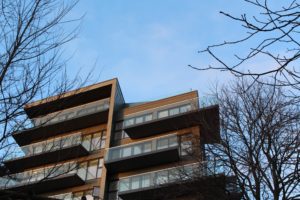

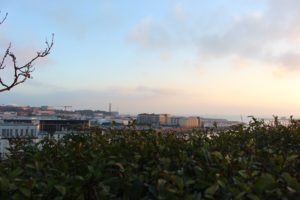

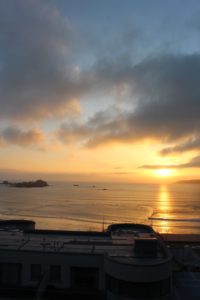

Favourite Image From the Shoot

This is my overall favourite image from the shoot. I took this image using natural lighting. I really wmated to make a clear cotrast between the buildinhg and the colour of the sky, so i took advantge of when the weather was slightly overcast as this would help keep the main background colour of the imahge a netual colour which I would be able to edited back into when I began the editing process. I used a quick shutter speed so that large amounts of light woundt be able to flood and make it too bright. When I took this imageI had the work of joe deal and the Topograiphic movement in my mind and how he wnated to highloight how nature have and colided and the differentec in the plants and in the man made strcure, wity the tress there are lots of natural bends and curves, where as in the building of the the edged and lines and very sharp and harsh, which shows that nature is always pushed back by man-made buildings.
Ansel Adams
Who is Ansel Adams?
Ansel Adams born in February 1902 was a photographer and environmentalist. Ansel was born in San Francisco, California. He took black-and-white landscape photographs of the American west, especially Yosemite National Park, which have been largely reproduced and used on calendars, posters and all over the internet.
Ansel Adams and Fred Archer where two mens who developed the Zone system as a way to control proper exposure and to alter the contrast of the final print. He was able to create a sense of simplicity and depth within his images which helped characterise his photographs. He mainly used large-format cameras because of the size of film he used with these cameras contributed to the clearness of his prints.
Examples of his work



Photo analysis of Ansel’s work
This photograph appears to have been taken with only natural light. Wide angle lenses are used to capture landscape photos, which is likely what would have been used to create this image. This image has a large tonal range, were the foreground and parts of clouds are made to look very dark and sinister on the tops of the mountains, coated in snow. This image has a large depth of field as the closest parts of the image are sharp and in focus as well as the furthest points such as the clouds. A fast shutter speed would have been used to capture this image because we can see there is no motion blur within the river or the clouds. There is little use of rule of thirds used because it is clear that he is trying to show off natural and making the whole image the main subject and allowing the whole picture to show of natures beauty rather than a specific area in the photograph. I think Adams was trying to influence the idea that the environment is not something that needs to be changed and altered.
ROMANTICISM HOMEWORK
Photo shoot Plan
Genre / Artist – Landscape, Romanticism
Concept – Natural/ man made landscape
Location – beaches, houses, streets, fields
Props – Tripod
Shot type – Landscape
Lighting – Natural
Settings – Landscape
Contact sheet
Experimentation – Colour
Further experimentation – Black and white
Homework 2- Night Photography
Night Photography
Night photography refers to photographs taken outdoors between dusk and dawn. Night photographers generally have a choice between using artificial light and using a long exposure, exposing the scene for seconds, minutes, and even hours in order to give the film or digital sensor enough time to capture a usable image. With the progress of high-speed films, higher-sensitivity digital image sensors, wide-aperture lenses, and the ever-greater power of urban lights, night photography is increasingly possible using available light.
The following techniques and equipment are generally used in night photography.
- A tripod is usually necessary due to the long exposure times. Alternatively, the camera may be placed on a steady, flat object e.g. a table or chair, low wall, window sill, etc.
- A shutter release cable or self timer is almost always used to prevent camera shake when the shutter is released.
- A camera lens with a wide aperture, preferably one with aspherical elements that can minimize coma
 For my urban landscapes homework I decided do my photo shoot from a higher perspective taking inspiration from Nicholas Nixon and photographed buildings, with architectural views. I also took inspiration from Thomas Struth’s photos of industrialised cities and how he incorporated people and movement, presenting images of chaotic urban activity in some images, which is why I captured the movement and business of the cars. I decided to take my images as the sky was turning dark as I thought it would make the lights from the cars and buildings stand out more than if i took them in the day. In my first contact sheet the images have a blue tint where the the sun has not completely gone down, whereas my second contact sheet the sky in completely black by the end, showing the differences the light has on the images.
For my urban landscapes homework I decided do my photo shoot from a higher perspective taking inspiration from Nicholas Nixon and photographed buildings, with architectural views. I also took inspiration from Thomas Struth’s photos of industrialised cities and how he incorporated people and movement, presenting images of chaotic urban activity in some images, which is why I captured the movement and business of the cars. I decided to take my images as the sky was turning dark as I thought it would make the lights from the cars and buildings stand out more than if i took them in the day. In my first contact sheet the images have a blue tint where the the sun has not completely gone down, whereas my second contact sheet the sky in completely black by the end, showing the differences the light has on the images. 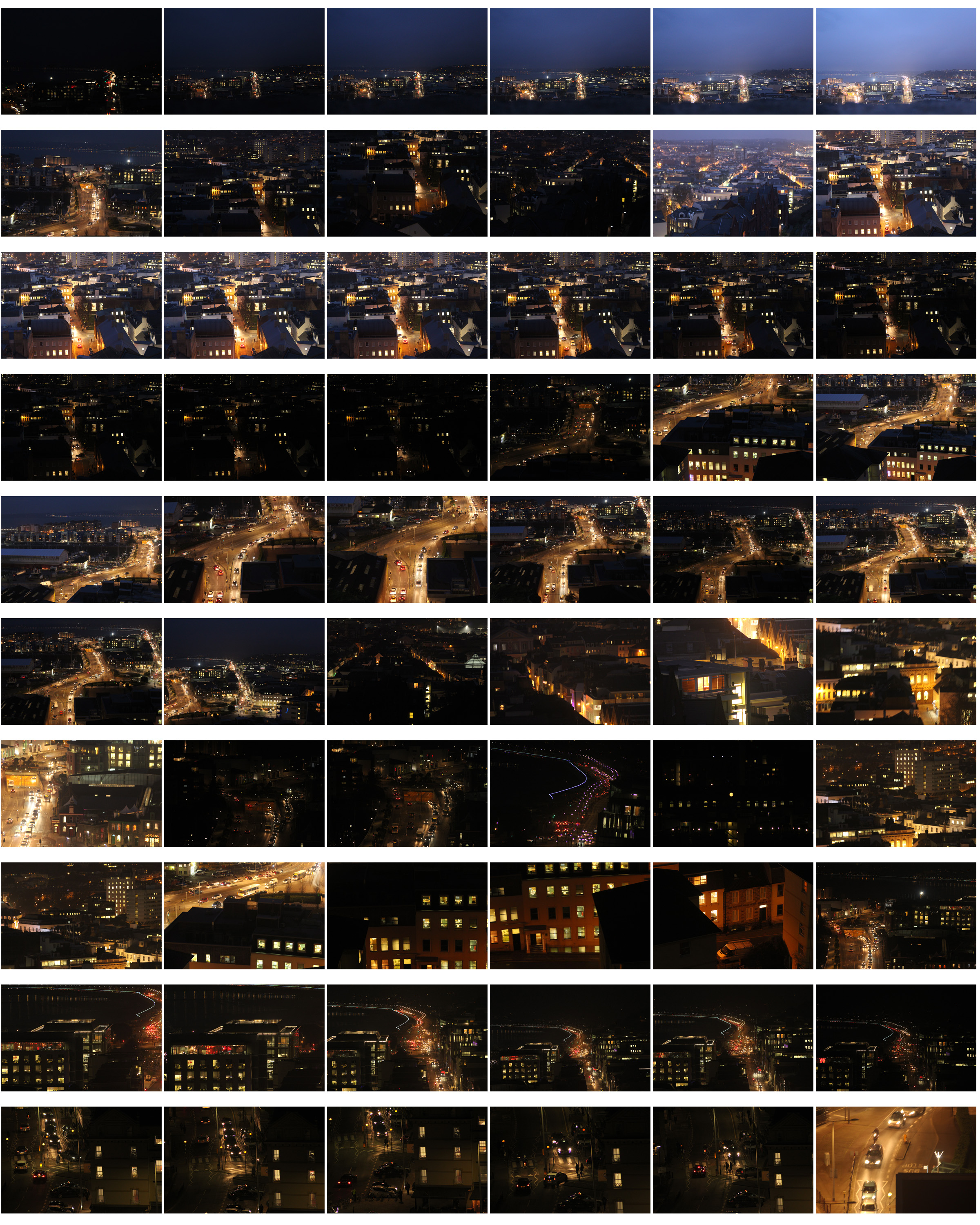 In my second contact sheet the lights from the buildings and cars are much more bright and noticeable as the yellow/orange is contrasted with the black background , making it more clear that it is night time. I think these photos are more effective as the lights from the cars make the whole road light up, making it glow and stand out more.
In my second contact sheet the lights from the buildings and cars are much more bright and noticeable as the yellow/orange is contrasted with the black background , making it more clear that it is night time. I think these photos are more effective as the lights from the cars make the whole road light up, making it glow and stand out more.
I first tried editing my first image in black and white which makes the roads seem more dark and atmospheric with the street lights and windows contrasting from the dark roofs. It shows clearly where the road leads from where the streets lights up even though you cant see the street.


I compared my photograph in black & white and in colour and decided that i preferred the image in colour because of the how the yellow/orange lights contrast with the black roofs and buildings more than they do than in black and white. Also how the road is emphasised more as it is illuminated from the light which is soft and isn’t too intense.
“Most photographers struggle with one thing in particular. That is how to make their photos stand out from the crowd. You’ll be surprised at how many locations that appear rather mundane during the day can be made to look incredibly dramatic at night. In cities, for example, you will find well-lit facades, bridges, skylines, etc. The city lights add interest and a dramatic effect giving you lots to work with.”
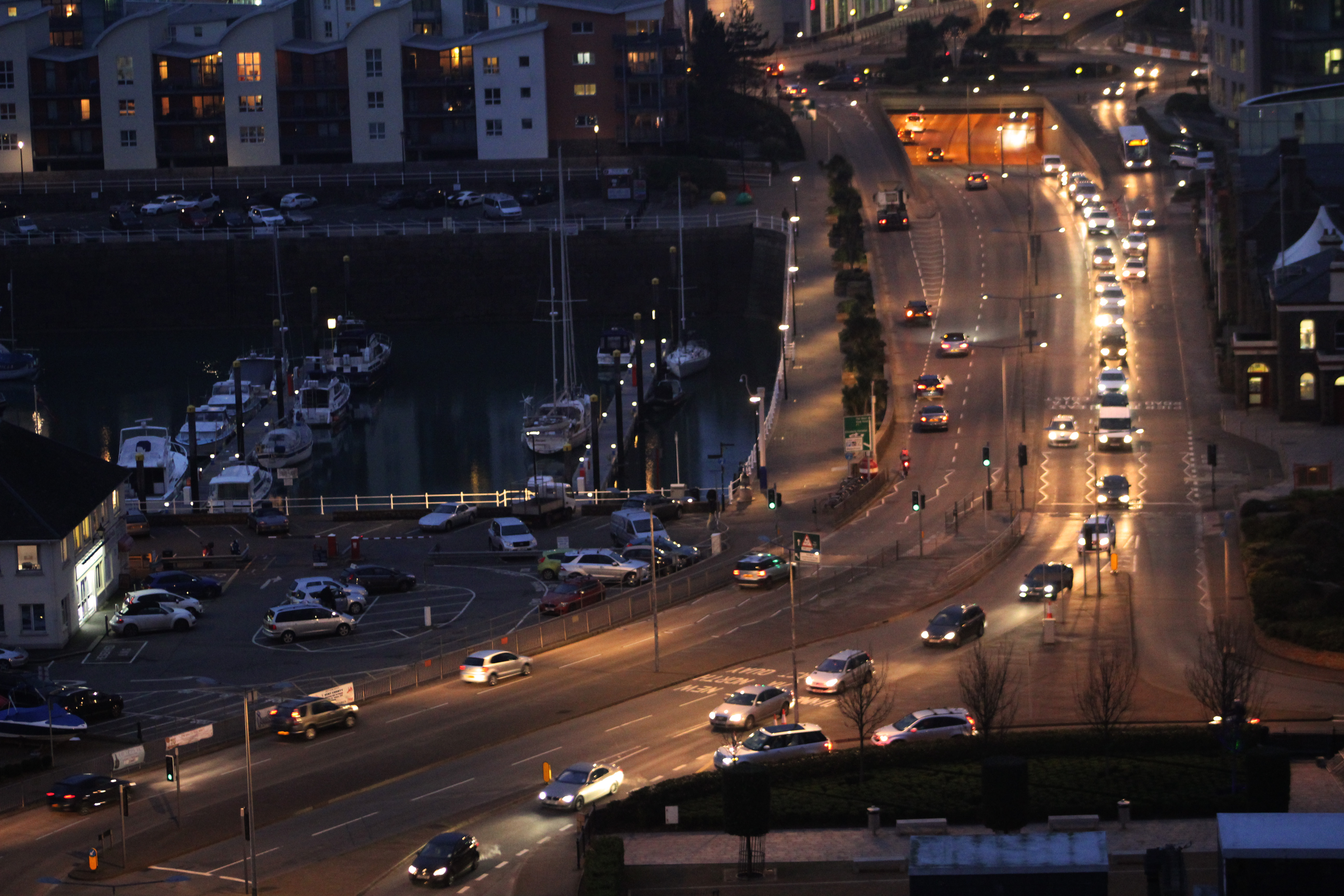
I also chose this image as it shows the business of a road filled with movement, presenting an image of chaotic urban activity, similar to Thomas Struth. The city that Struth presents is unregimented: there is little architectural unity, this is what i tried to interpret. I tried to show energy and speed within the image which I think I achieved from the blurring of the cars and lights by slowing the shutter speed slightly. I increased the exposure when taking the photo so all sections in the image are visible, still keeping the cars and the road the main focus of the image.

I chose this image as it is different from my other images but still overlooks chaotic urban activity but scaled down by using a long lens to focus in on a specific street. The headlights of the car highlight the people crossing the road not too intensely so the overall image is softer than it would be in daylight. The corners of the image are black where the buildings are and gradually towards the center of the image is where the main focus of the image is.
Robert Adams – The New Topographics
Robert Adams
Robert Adams (born 1937) is an American photographer who was part of the New Topographic movement in which the photographers focus on the changing landscape of the American West. His work first became noticed in the 1970’s through his book called ‘The New West’ and his participation in the exhibition ‘New Topographics: Photographs of a Man-Altered Landscape’. Adams twice received a Guggenheim Fellowship, a MacArthur Fellowship and won the Deutsche Borse Photography Prize.


My Favourite Photograph

It appears that natural lighting was used to capture this photograph due to the natural tones and contrast in the photograph. This allows the photograph to be captured with the right exposure whilst showing a wide tonal range at the same time. The photograph will have been taken with a deep field of depth as the whole of the photograph is clear and in focus. A shutter speed of 1-20 to 1-100 will have been used in order to capture a clear and dramatic image along with a low ISO of 200-400 to keep the image noise-free.
There is no colour in this photograph which allows you to focus on the subjects in the photograph and the message that Adams is trying to convey in it. It also allows more contrast and an even wider tonal range to be brought out in the photograph. There is some clear texture in the photograph, especially in the trailers and the mountains. This creates a more dramatic photograph and makes it more interesting for the viewer. The photograph has a 3D effect as the trailers are clearly in the foreground and get further away as you move towards the top of the photograph, as if it is merging from urban to natural.
This photograph was taken by Robert Adams in the typical style of a New Topographic. It shows the start of civilization and man-made structures with natural objects appearing towards the back of the photograph. It shows how the New Topographic movement was a reaction to the Romantics.
This photograph appears to be Adams’ way of showing that the New Topographic movement is taking over from the Romantics as the man-made structures are at the foreground and the natural scenery is pushed to the background and is not the focus anymore. It shows how man-made structures take over nature and changes it completely into something that it isn’t.
The New Topographic
What is The New Topographic?
New topographics was a term made by William Jenkins in 1975, this word described a group of American Photographers whose pictures had a similar banal aesthetic, as they were formal, mainly black and white and of the urban landscape.
Most of the photographers associated with new topographics consisted of Robert Adams, Lewis Baltz, Nicholas Nixon, John Scott, Stephen Shore and Henry Wessel. These photographers were inspired by man-made objects, these were things like suburban housing, warehouses and parking lots which were all depicted in a sharp austerity. Topographics were a reaction to the growing unease about how the natural landscape was being eroded by industrial development, to which were later influencing other artists who became known as the Düsseldorf School of Photography.
Here is some of the work done by these artists:
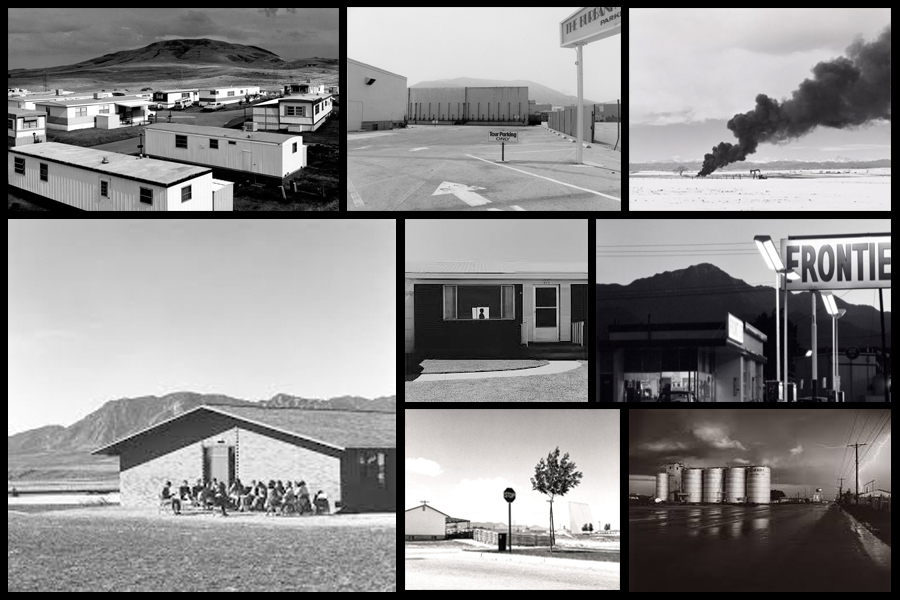
As seen in their work above the main focus of the movement was to show the clear contrast between nature and urbanization, they wanted to show everyone how barren our man-made landscapes could be, and how the in a way could ruin our nature landscapes.










